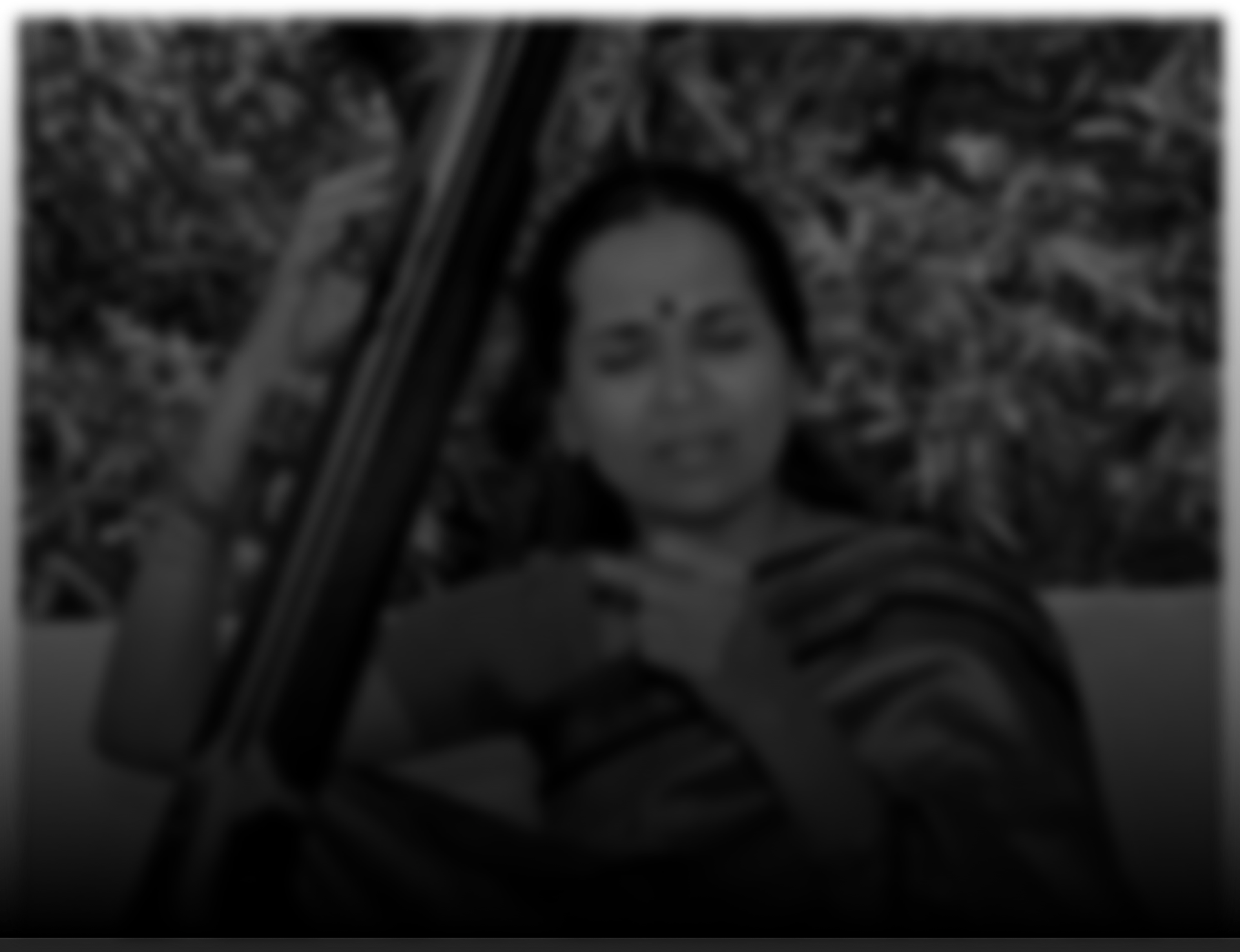Starting out in Tamil Nadu in the outpourings of love for Vishnu and Siva, Bhakti has been a powerful, shaper of the Indian ethos. As A.K. Ramanujan has shown us, early Bhakti poets drew from love imageries in Tamil literature – the hero and lover of those poems became the Lord in the bhakti poet’s expression. And such imagery is very much part of all Bhakti literature. Andal boldly asks the Panchajanya conch which knows intimately Narayana, her beloved: karpuramum naarumo…. How smells HIS mouth? Sharp as camphor or soft as the lotus? Kabir says: remove that bridal veil and you will see Him.
Bhakti is a multi hued phenomenon pervading literature, music, dance, painting. And there are a hundred voices here, a variety not just in the gamut of the nine kinds of bhakti (nava vidha bhakti) or the nine rasa-s or emotive saturations, but also in the very concept of that which is worshipped, that towards which bhakti is directed. That is intensely personal to each bhakta. Meera’s Krishna is not Andal’s Krishna, Tulasi’s Rama and Ramadasa’s Rama are not the same. And then, sometimes there is no diety.
THAT has no attributes, it is nirgun! Kabir was foremost among the bhakti poets who paradoxically sang of the attributeless, formless, nameless ONE.
Chaand suraj jahaan pavana na paani – Where no sun or moon, no wind or water you find, that is my Master’s city.
Bhakti poetry has always found musical expression; indeed it is believed the poems were sung by the poets. Nirgun, and sagun bhajans have always been sung set in raga-s on classical platforms, in religious gatherings, in temples and gurudwaras; nirgun poetry is rendered in Kawwali in Durgahs.
When Pt. Kumar Gandharva sang Kabir, it was as if he pierced through the heart of Kabir’s song. Kumar Gandharva, who challenged sensibilities and expectations in Hindustani classical Music, sang Kabir in an astonishingly original way.
“Nirguni Bhajan” on the face of it harbours a contradiction. If it is nirgun, without attributes, then how can one sing of it, praise it, worship it or love it? But Kabir says:nirbhaya nirguna guna re gaaoongaa – “unafraid, I will sing of the attributes of the attributeless!” And indeed, in such poetry, we find deliberate contradictions, paradoxes provocatively posed.
shunya ghara shahara shahara ghara basti
kona soota kona jaage re?
This town, this house, this settlement-all void
Who sleeps, who wakes?
Given to highly symbolic language, such songs are filled with metaphors. “Town” is one such ancient metaphor for the body.
How does one sing this? Surely not in the same way as maiya mori mein nahin maakhana khaayo – mother mine, I did not eat the butter” as Surdas had Krishna pleading with Yashoda?
Before Kumarji there was no radical difference in the way they were handled musically. His music was infused with the music he heard while in Dewas, in Madhya Pradesh. Even as he was emerging as an outstanding young musician, Kumar Gandharva was struck by Tuberculosis. He retired to Dewas for its climate, forced into a musical exile. Here he soaked in the strains of folk music that Dewas vibrated with, among them the music of the fakirs.
The fakirs, the wandering minstrels sang under the wide open sky, answering to no one, seeking to please no one. It was this singing that Kumar Gandharva drew from in his engagements with Kabir.
“That swara, that note which the fakir sings is different. It is not what we sing in classical music”.
In his Kabir, there is a sheer, intangible quality; the very sound, the very same notes are vested with a different aura and core. Kabir’s words pounce at you carried on powerful, stark notes.
It is said he tried to vest that note with shunya or the void. How can one inject void into the note? One has to hear him, how he evokes infinity and the void at once! Stark, naked notes renting the atmosphere.
Again the body:
Who is this looting the town?
Oh! Yamaraj sits on it
Ties with the world are behind.
Kumar Gandharva left us too soon 25 years ago.
Ud jaayega hamsa akela
Alone, the swan takes flight

